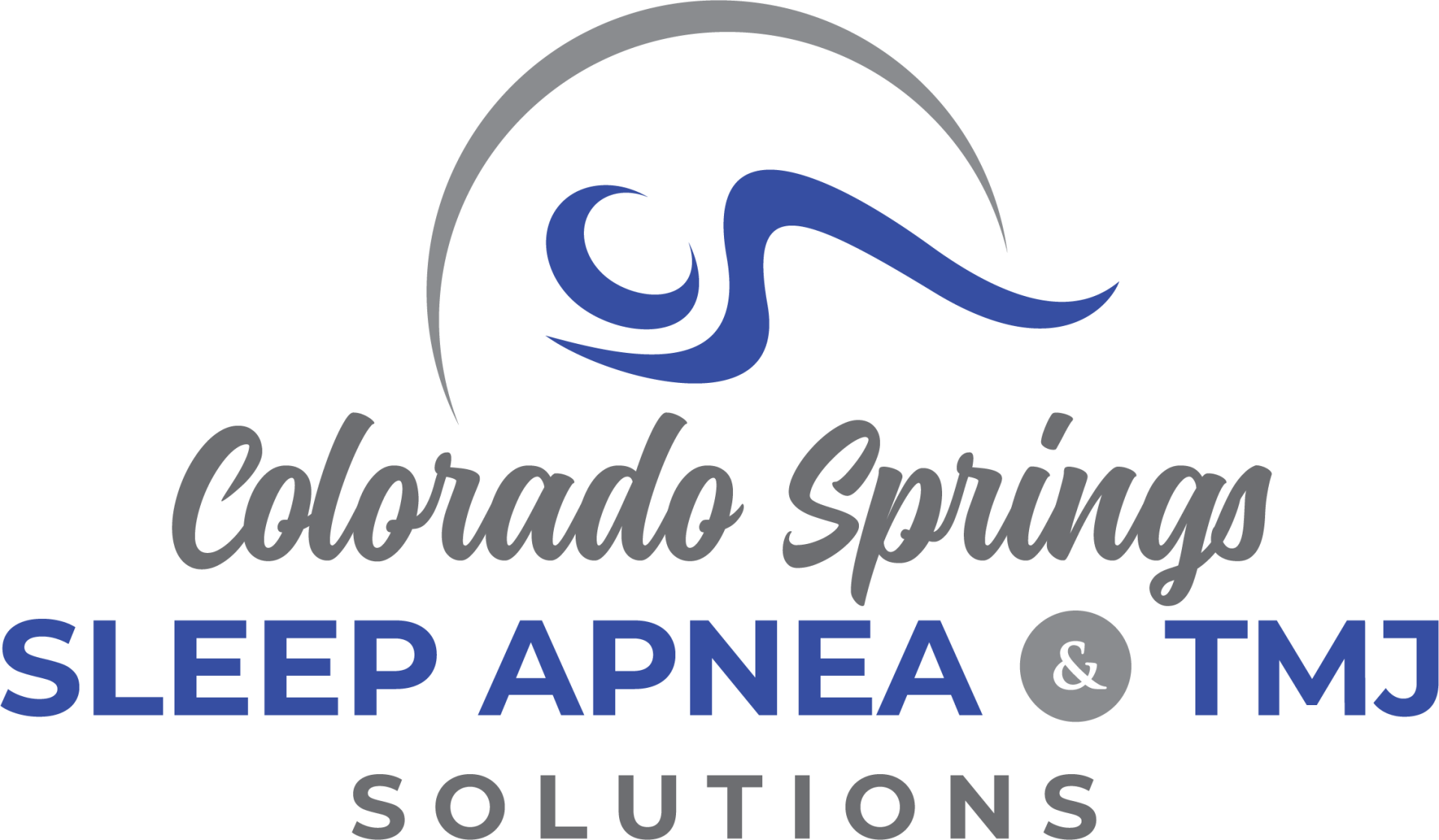TMJ FAQS
FAQs TMJ / Craniofacial Pain
- Q. WHY DOES MY JAW MAKE NOISE?
A. One of the first signs of TMJ problems is a noise when opening or closing the mouth. The noise can happen all the time or sporadically. In some people, the noise is very quiet and hard to hear; in others, it is loud enough to hear across the dinner table. The reason the jaw is making noise is that the ligament between two bones is dislocating and popping on or off the jawbone. This is not normal or healthy.
- Q. DO TMJ PROBLEMS ALWAYS HURT?
A. TMJ problems occasionally are associated with severe pain, but more often than not, pain is a late effect. This means pain is not a predictable way to screen people for TMJ disorders. In most TMJ issues, the body’s tempromandibular joint is resilient to the pain that people would expect when the bones and ligaments are being torn apart. Pain can occur in the joint space itself and in the muscles that control the movement of the jaw and head and neck. Pain can come in the form of sharp shooting pains when opening and or closing and pain can also come in the form of a dull unending ache in the muscles. It is not unusual to mistake TMJ pain for headaches and earaches.
- Q. WHY IS MY JAW STUCK OR LOCKED?
A. The jaw can occasionally become stuck or locked when the ligament dislocates between two bones completely blocking the jaw from closing again or opening to its full range. Another cause of a lock is when the muscles that control the movement of the jaw spasm to such an extent as to prevent full range of motion. Both situations are bad and very dangerous if left untreated. TMJ disorders are progressive in nature, which means small problems will turn into bigger problems without treatment.
- Q. HOW DO YOU DIAGNOSE TMJ PROBLEMS?
A. TMJ disorders are diagnosed by the use of physical examination, range of motion, joint sounds/vibrations, joint hard tissue images, patient history and interview and in some cases, sleep diagnostics and hospital based soft tissue diagnostics. Prior to any treatment suggestions, a diagnosis of your condition will be made.
- Q. MY DENTIST TOOK X-RAYS-CAN WE USE THEM?
A. Routine dental x-rays such as a panoramic x-ray can give hints about what might be going on in the joint space, but alone are not diagnostic for the condition of the bones associated with the jaw joint. It will frequently be necessary to obtain a 3D image of the joint through the use of a technology not typically found in a dental office. This image is called a CBCT scan or cone beam. You may be referred to a diagnostic imaging center to have this completed.
- Q. ARE GRINDING/CLENCHING RELATED TO TMJ ISSUES?
A. Often, the action of clenching and or grinding of teeth can have a negative effect on the jaw joint. The jaw works best when plenty of lubrication is present. The act of clenching and grinding teeth puts stress on the joint space and causes a decrease in the quality of the lubrication of the capsule present in the joint.
- Q. WILL DRUGS HELP?
A. Drugs can play an important role in the treatment of your TMJ issues. Drugs only will be used to improve the outcomes of more definitive treatments and therapies. Drugs alone cannot solve your TMJ issues. It may be necessary to prescribe analgesics, corticosteroids, muscle relaxants, anti-anxiety drugs, antidepressants, or local anesthetics. All prescription drugs have a risk of tolerance, drug-drug interactions, physical dependence and addiction. Drugs will only be prescribed judiciously to lessen the potential of adverse outcomes.
- Q. WHY AND WHEN ARE SLEEP STUDIES RECOMMENDED IN TMJ SITUATIONS?
A. It has been reported that greater than 60% of patients with TMJ issues suffer from Obstructive Sleep Apnea (OSA). OSA can only be diagnosed through the use of a sleep study that is read and interpreted by a sleep physician. OSA has many presentations that can affect the mouth, the tongue, the teeth and the jaw joint. Because such a high correlation exists between the two disorders and the severity of consequences of living with undiagnosed sleep apnea, it may be suggested during the course of TMJ therapy that a sleep study be obtained. One of the hallmark maintenance therapies for TMJ is a nighttime appliance. This appliance can cause patients with sleep apnea to double the severity of their sleep apnea, if not made to control sleep apnea.
- Q. COULD MY HEADACHE BE A RESULT OF TMJ ISSUES?
A. It depends on the type of headache. Headaches are complicated and deserve to be evaluated carefully by a medical doctor. Headaches may result from issues within the skull, outside of the skull, the spine, blood pressure, medication and many other causes. We can never guarantee that TMJ appliances will solve headache issues, but we have found that frequently headache occurrence improves with therapy.
- Q. WHAT MIGHT HAPPEN IF I DO NOTHING?
A. Unfortunately the future is worse than the present. TMJ issues are progressive; they continue to get worse over time. The progression usually follows this pathway. Short term sharp pains, Jaw inflammation resulting in muscle tenderness, jaw joint noises, limited range of motion and locking of jaw, changes in the bony makeup of the jaw joint, wear and destruction of teeth, and, finally, loss of a portion of the jaw joint resulting in a permanent change in the bite and ability to chew.
- Q. I WEAR A NIGHT GUARD WILL THAT HELP?
A. It might help significantly and it is possible that it is making things much worse. The
answer is it depends. Most night guards are made with the goal of protecting your teeth from the forces of grinding. Most dentists are focused on your teeth first and want to provide a good service to you and your teeth, but few have had the advanced training that teaches how the position of your jaw can affect your TMJ or your airway while sleeping. Dr. Cairns is happy to evaluate your night guard and provide you and assessment.
- Q. WHAT IS DIFFERENT ABOUT YOUR SPLINT THAN ANY OTHER?
A. A splint or an orthotic is something that was made to reposition your jaw. The jaw can move in a multitude of directions in three dimensions. Dr. Cairns uses a combination of techniques to place your jaw into a position that will most predictably promote healing and comfort. Sometimes, well-intentioned and well-trained dentists miss the mark. Not because they were wrong, but because the human body reacts differently from one person to the next. Dr. Cairns is committed to your improvement and will continue to seek out the best possible position to obtain maximum medical improvement.
Appointment Request
COLORADO SPRINGS SLEEP APNEA
& TMJ SOLUTIONS
1675 BRIARGATE BOULEVARD, SUITE C
COLORADO SPRINGS, CO 80920
(719) 344-9161
E-MAIL US
Contact Us
We will get back to you as soon as possible
Please try again later
Contact Us
Powered by: Morningdove Marketing © 2023 - Accessibility Statement

